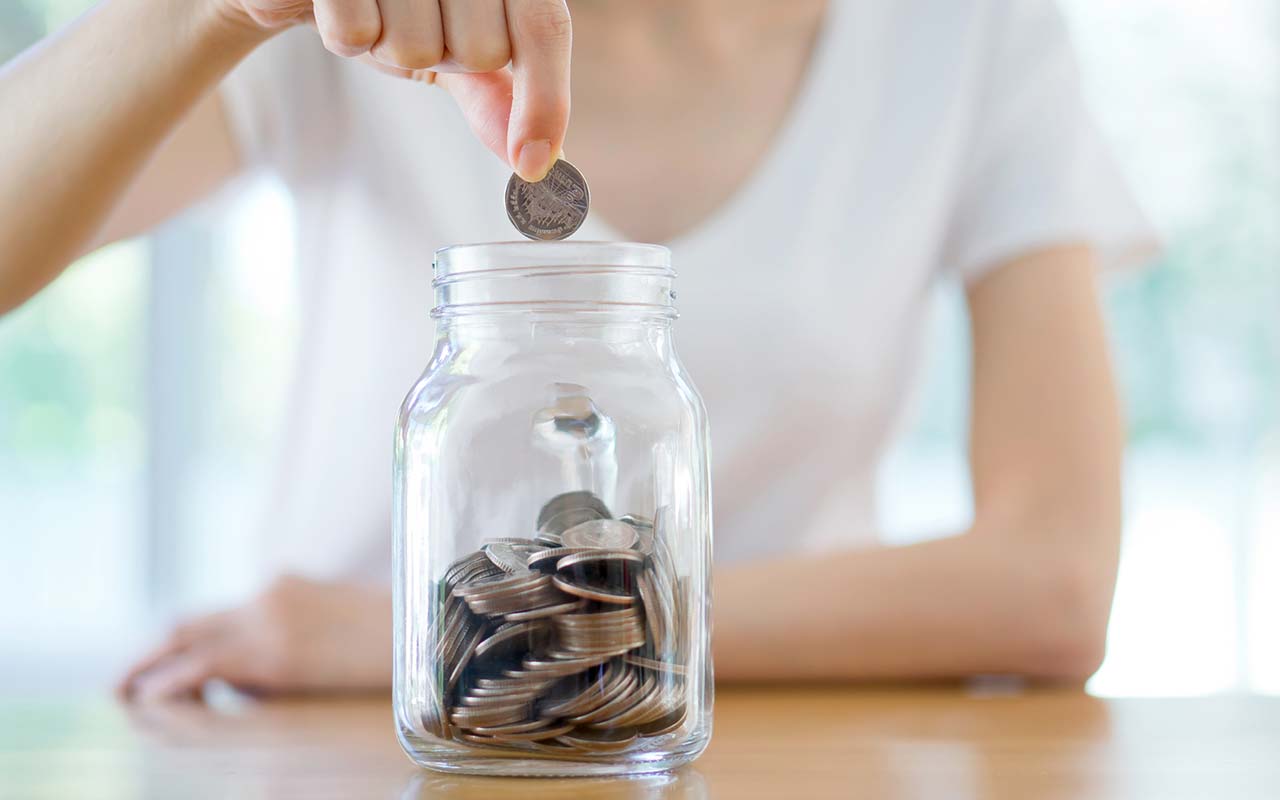4 Ways Higher Interest Rates Will Affect Your Pocketbook
The “lower for longer” mantra for interest rates looks like it’s finished for now.


The “lower for longer” mantra for interest rates looks like it’s finished for now. In December, the Federal Reserve bumped up the rate it charges banks for overnight loans by 0.25 percentage point, to 0.75%. The hike in the federal funds rate was a long time coming after a quarter-point increase in December 2015, and it is only the second hike in more than a decade. But rate watchers are expecting at least two more increases in 2017, as the economy strengthens and the Fed tries to keep a lid on inflation. Longer-term rates have already soared, with yields on 10-year Treasury bonds up from 1.4% last summer to 2.5% recently. Kiplinger expects the 10-year Treasury yield to reach 3% by year-end.
Borrowers will feel the pinch of higher rates almost immediately. Some 92 million consumers will pay more to service all of their debt following the Fed’s December hike, according to credit bureau TransUnion. But the average increase will be just $6.45 a month. For nearly two-thirds of affected borrowers, a half-point rate increase would still amount to less than $10 a month in higher payments. On the flip side, savers will see some relief from rock-bottom earnings in coming months—but not much, and not for a while. Here’s how higher rates will affect your pocketbook:

More Interest Due on Your Credit-Card Balances
Card issuers pass rate hikes on to customers almost immediately. But even an increase of one full point from the recent average rate of 16% would add less than $5 a month to the minimum payment on a $5,000 balance. Nonetheless, now is the time to jump on generous balance-transfer offers, which may become scarcer as rates continue to climb. Chase Slate offers 0% for 15 months, with no transfer fee if you move funds within 60 days of opening an account; Citi Diamond Preferred offers 0% for 21 months.

More Expensive Home Loans
Each time the Fed hikes rates, you’ll see a similar increase in your home-equity line of credit, typically within 60 days. And if you’ve got an adjustable-rate mortgage, your rate will go up at reset time. A half-point rate increase on a five-year ARM would add less than $60 to the monthly payment on a $200,000 mortgage; a bump of 0.75 percentage point would add about $85. Fixed-rate mortgage rates follow 10-year Treasury yields, so they’re already up, from an average 3.4% for 30-year loans in early October to 4.2% recently. We expect the rate on 30-year loans to end 2017 at 4.6%.


Bigger Returns on Your Savings
Assuming the Fed keeps raising rates in 2017, savers should see returns inch up in the second half of the year. In the meantime, look for five-year CDs with early-withdrawal penalties of six months’ interest or less so that you can cash out to take advantage of higher rates. Rates on five-year bank CDs average less than 1% currently; by year-end McBride sees the average yield at 1.1%, with top yields of about 2.5%. Internet accounts are typically more generous than those at brick-and-mortar banks, and they often respond faster to Fed rate hikes, says banking expert Ken Tumin at DepositAccounts.com. We like Ally Bank, with a savings account currently yielding 1% and a money market account yielding 0.85%.
- SLIDE SHOW: 14 Smart Ways to Spend or Invest $1,000
Profit and prosper with the best of Kiplinger's advice on investing, taxes, retirement, personal finance and much more. Delivered daily. Enter your email in the box and click Sign Me Up.

Anne Kates Smith brings Wall Street to Main Street, with decades of experience covering investments and personal finance for real people trying to navigate fast-changing markets, preserve financial security or plan for the future. She oversees the magazine's investing coverage, authors Kiplinger’s biannual stock-market outlooks and writes the "Your Mind and Your Money" column, a take on behavioral finance and how investors can get out of their own way. Smith began her journalism career as a writer and columnist for USA Today. Prior to joining Kiplinger, she was a senior editor at U.S. News & World Report and a contributing columnist for TheStreet. Smith is a graduate of St. John's College in Annapolis, Md., the third-oldest college in America.
-
 Nasdaq Sinks 418 Points as Tech Chills: Stock Market Today
Nasdaq Sinks 418 Points as Tech Chills: Stock Market TodayInvestors, traders and speculators are growing cooler to the AI revolution as winter approaches.
-
 23 Last-Minute Gifts That Still Arrive Before Christmas
23 Last-Minute Gifts That Still Arrive Before ChristmasScrambling to cross those last few names off your list? Here are 23 last-minute gifts that you can still get in time for Christmas.
-
 The Rule of Compounding: Why Time Is an Investor's Best Friend
The Rule of Compounding: Why Time Is an Investor's Best FriendDescribed as both a "miracle" and a "wonder," compound interest is simply a function of time.
-
 What New Tariffs Mean for Car Shoppers
What New Tariffs Mean for Car ShoppersThe Kiplinger Letter Car deals are growing scarcer. Meanwhile, tax credits for EVs are on the way out, but tax breaks for car loans are coming.
-
 AI’s Rapid Rise Sparks New Cyber Threats
AI’s Rapid Rise Sparks New Cyber ThreatsThe Kiplinger Letter Cybersecurity professionals are racing to ward off AI threats while also using AI tools to shore up defenses.
-
 Blue Collar Workers Add AI to Their Toolboxes
Blue Collar Workers Add AI to Their ToolboxesThe Kiplinger Letter AI can’t fix a leak or install lighting, but more and more tradespeople are adopting artificial intelligence for back-office work and other tasks.
-
 AI Goes To School
AI Goes To SchoolThe Kiplinger Letter Artificial intelligence is rapidly heading to K-12 classrooms nationwide. Expect tech companies to cash in on the fast-emerging trend.
-
 What to Do With Your Tax Refund: 6 Ways to Bring Growth
What to Do With Your Tax Refund: 6 Ways to Bring GrowthUse your 2024 tax refund to boost short-term or long-term financial goals by putting it in one of these six places.
-
 What Does Medicare Not Cover? Eight Things You Should Know
What Does Medicare Not Cover? Eight Things You Should KnowMedicare Part A and Part B leave gaps in your healthcare coverage. But Medicare Advantage has problems, too.
-
 What To Know if You’re in the Market for a New Car This Year
What To Know if You’re in the Market for a New Car This YearThe Kiplinger Letter Buying a new car will get a little easier, but don’t expect many deals.
-
 15 Reasons You'll Regret an RV in Retirement
15 Reasons You'll Regret an RV in RetirementMaking Your Money Last Here's why you might regret an RV in retirement. RV-savvy retirees talk about the downsides of spending retirement in a motorhome, travel trailer, fifth wheel, or other recreational vehicle.
